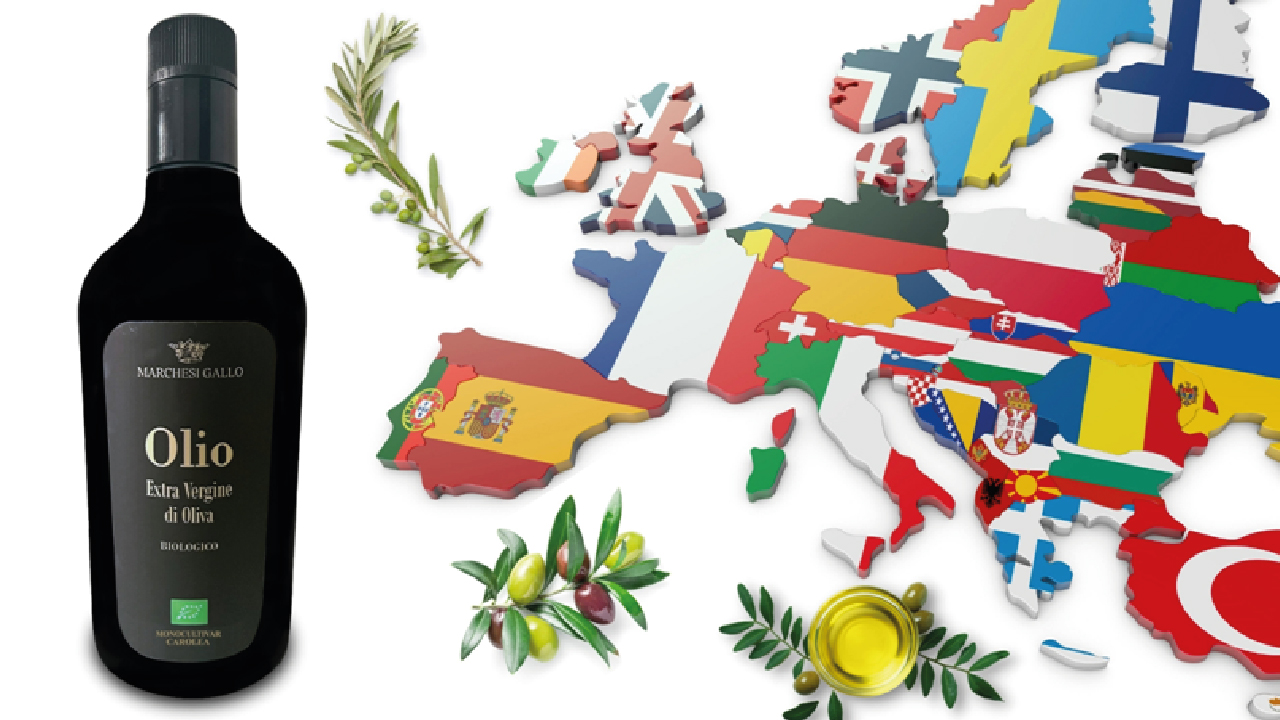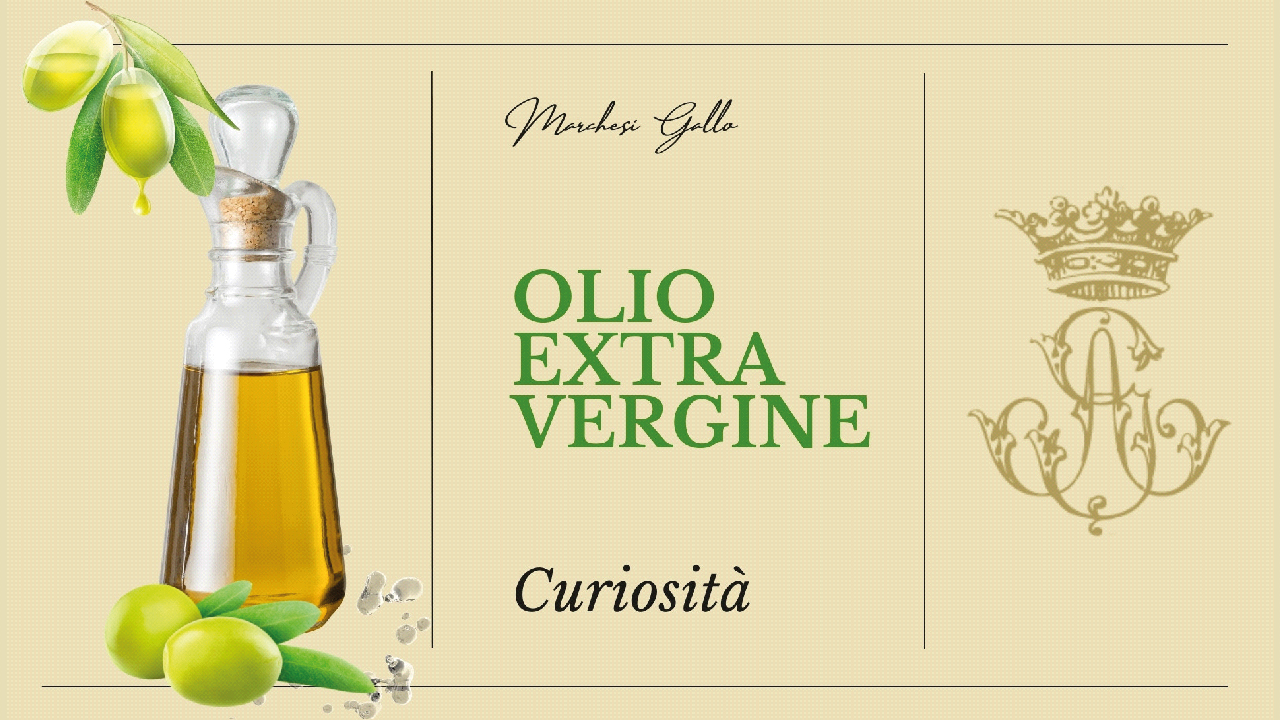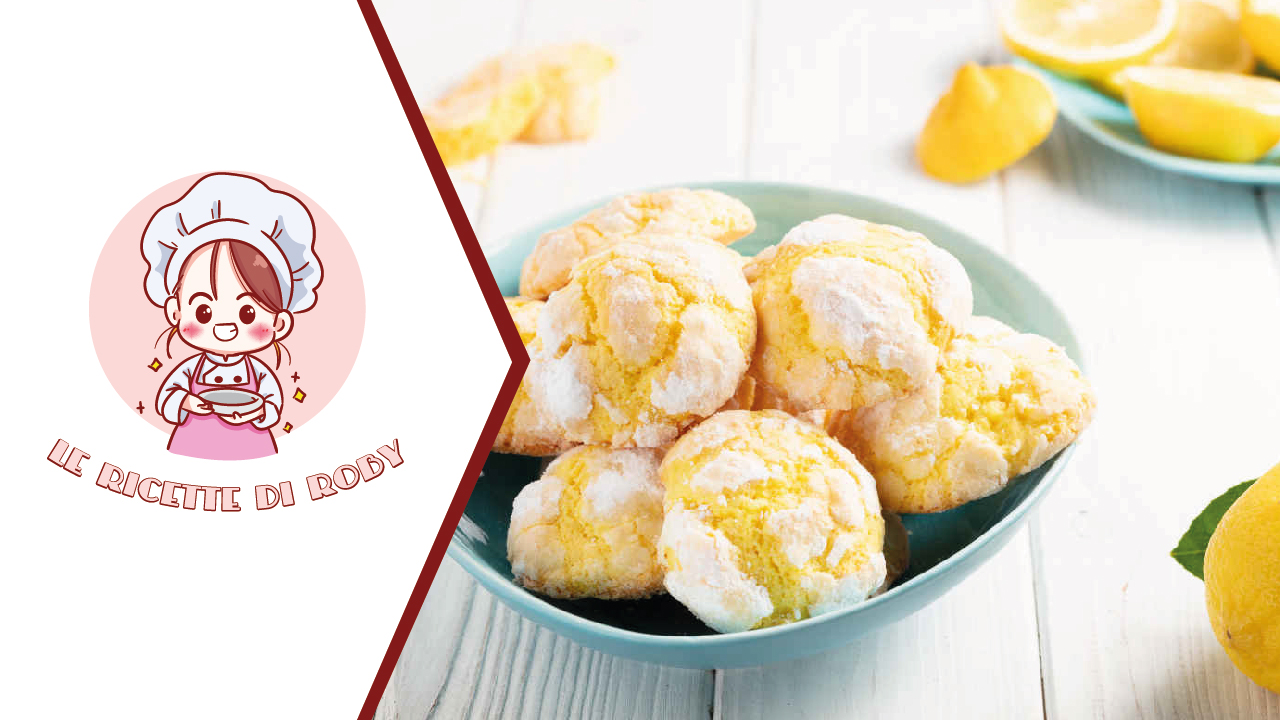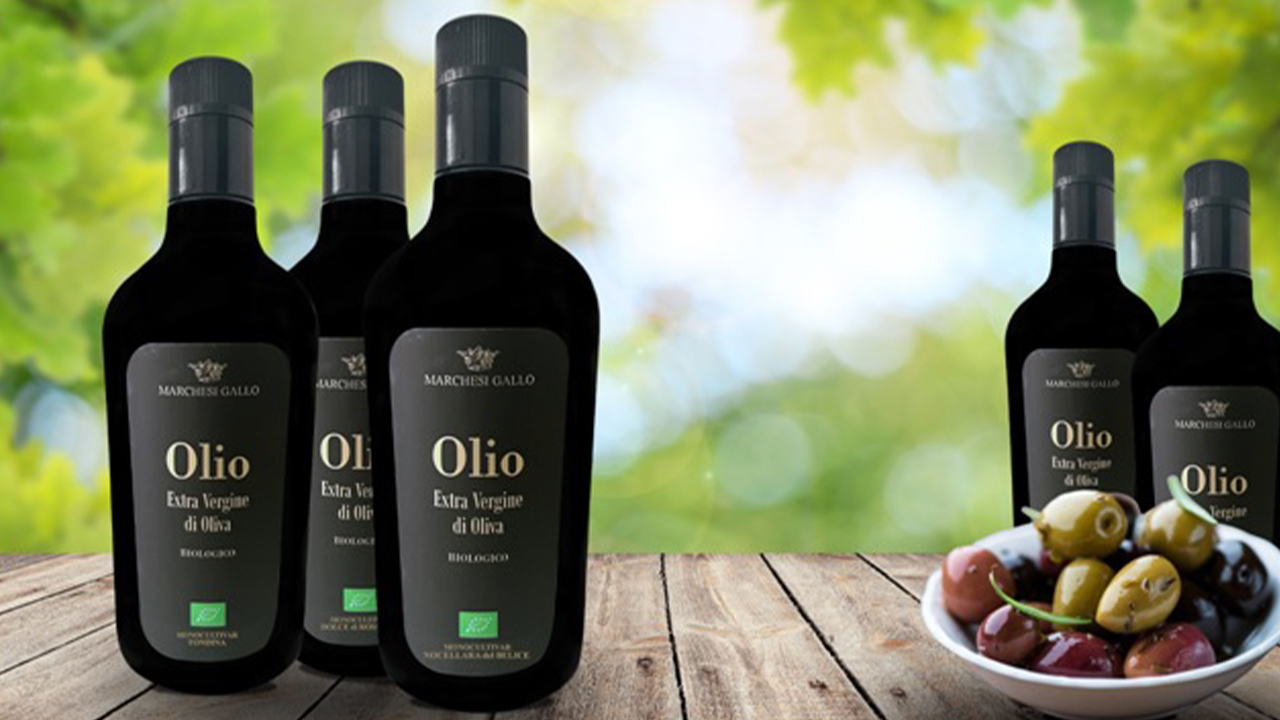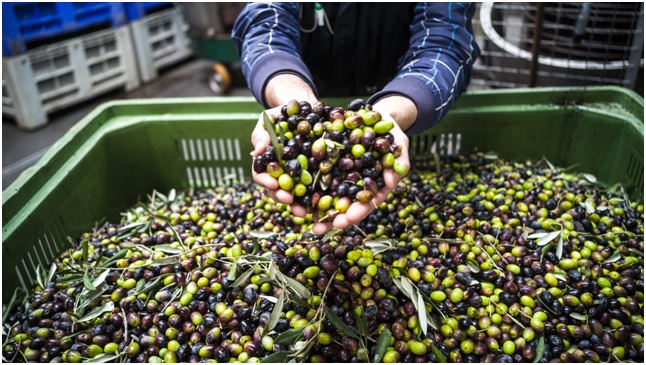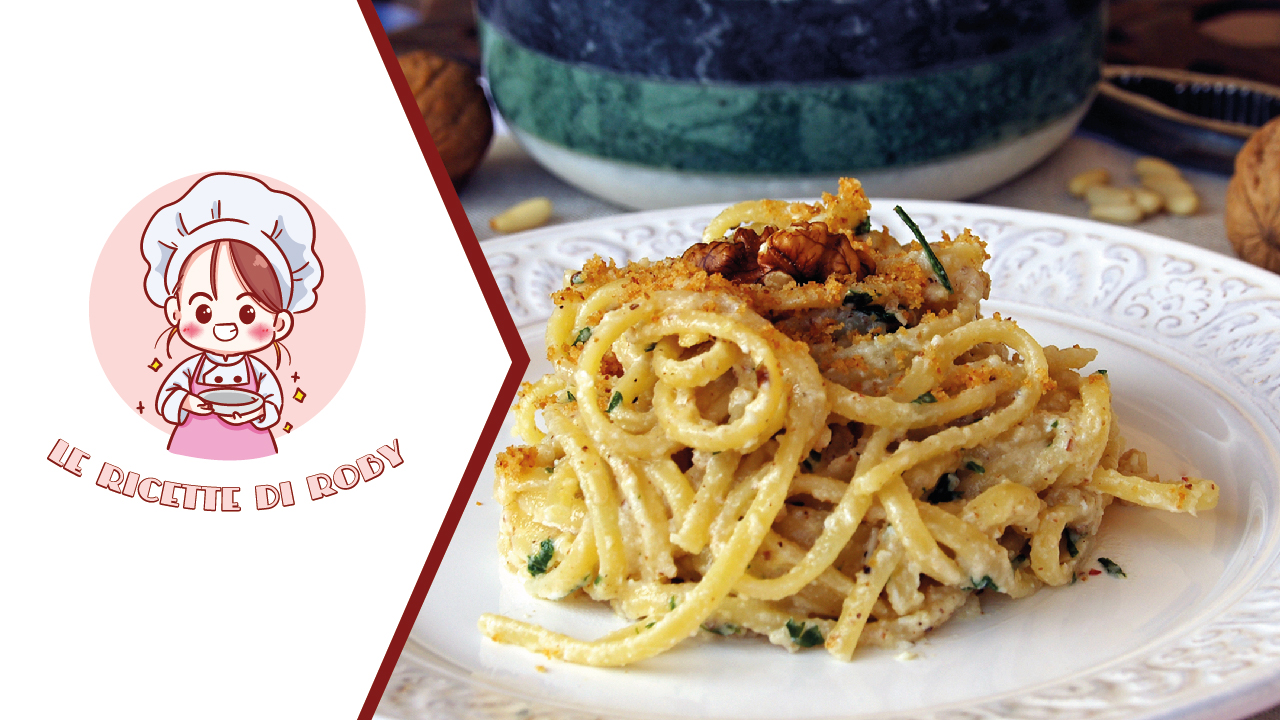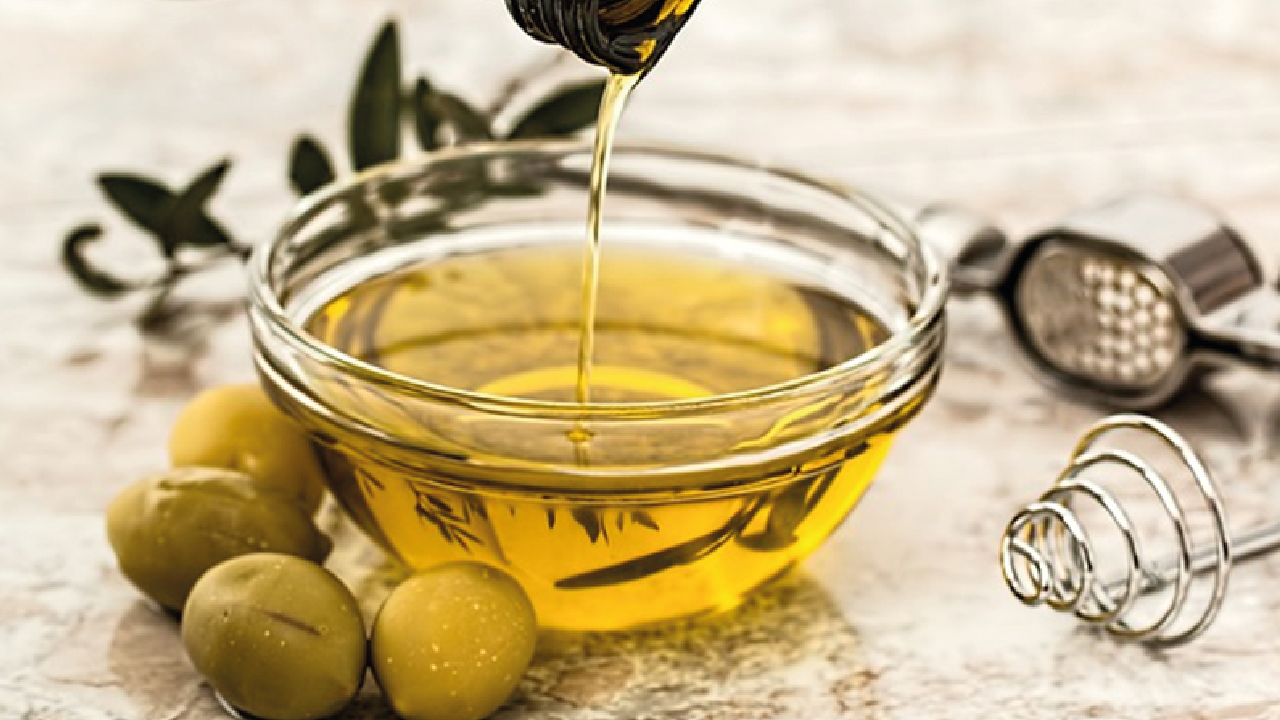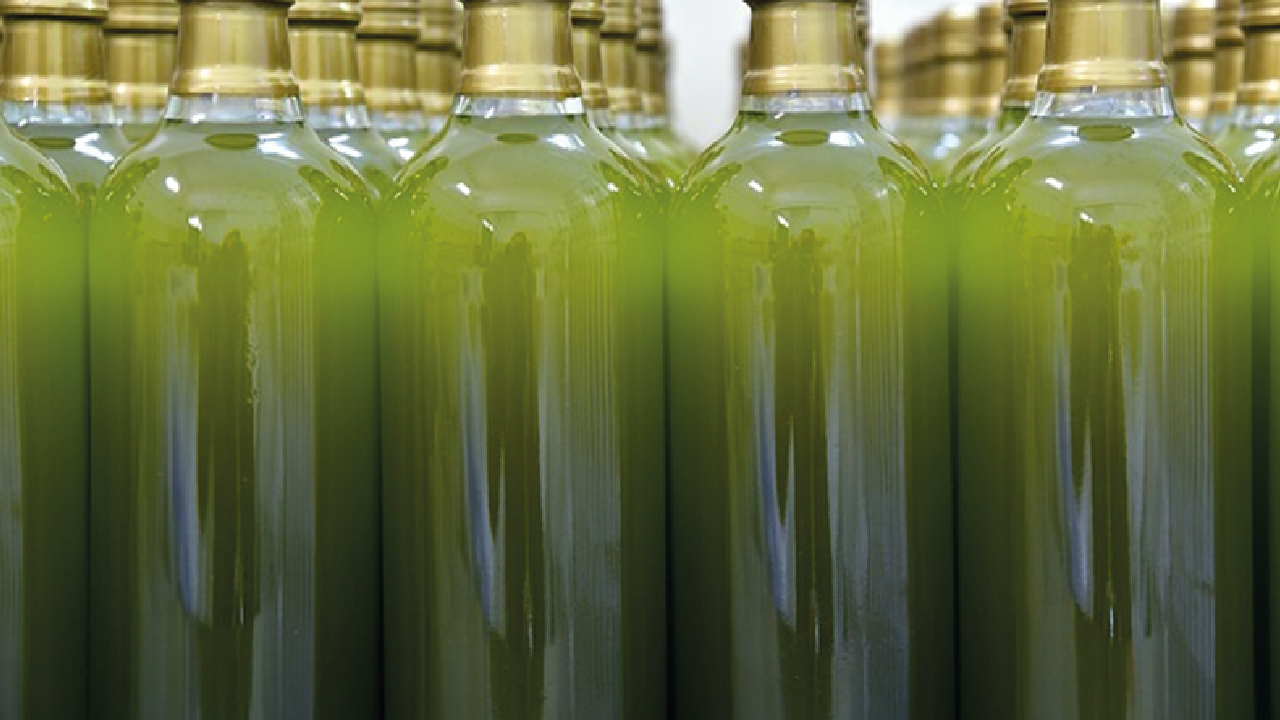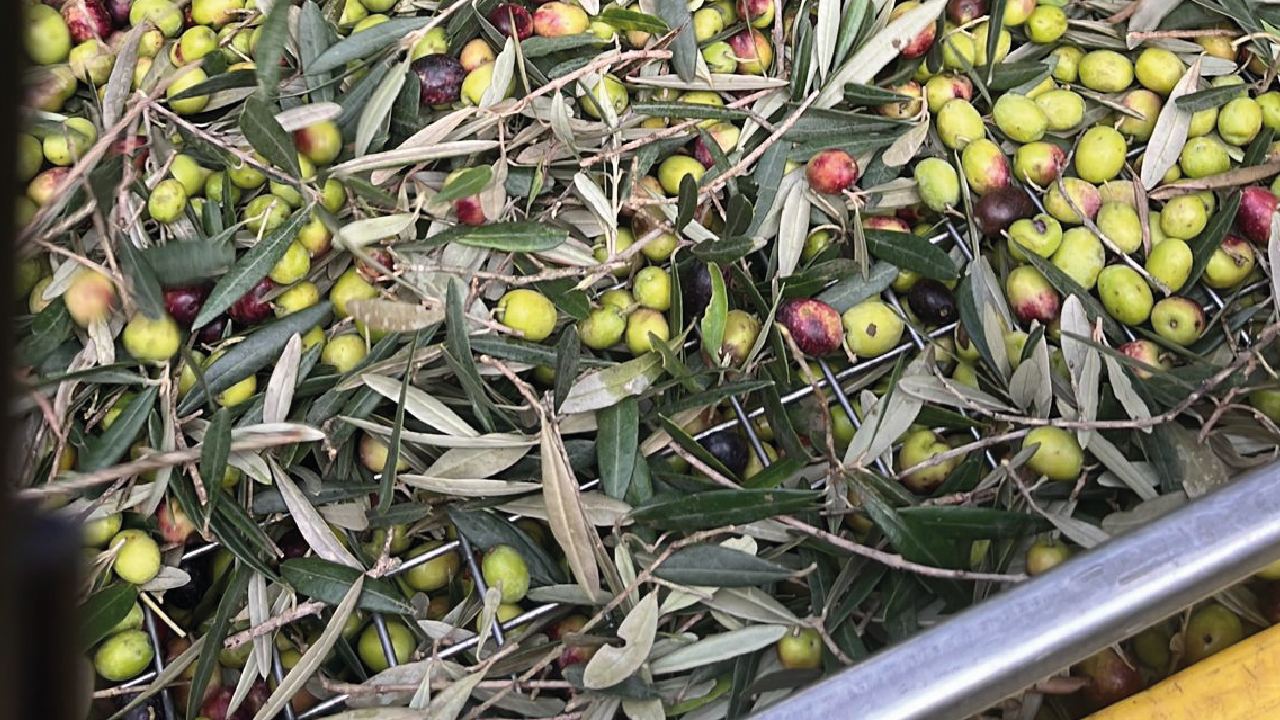It is no surprise that the best extra virgin olive oils still produced today are obtained using traditional methods, handed down for generations.
Artisanal farmers are aware that there is only one method to obtain the best, despite the procedures modern times have replaced various measures to improve quality control.
How is organic extra virgin olive oil produced?
The best olive oil is organic extra virgin, offering maximum flavor and all the well-known health benefits of olive oil. Unlike refined oil, which is extracted with heat or chemicals, olives are crushed in an oil mill and the oil is physically extracted.
To separate the oil from the water and sediments, the olives are crushed and the resulting paste is centrifuged. You could think of it as freshly squeezed fruit juice (after all, olives are a fruit!) But first, let’s dig into the whole process in more detail.
The olive harvest
The essential olive harvesting procedure has a great influence on the price and quality of extra virgin olive oil. Many factors, in particular the degree of ripeness of the olives and consequently the harvesting period, influence the sensory (organoleptic) quality of the virgin olive oil.
To obtain a high quality oil it is necessary that the olives are healthy, picked from the tree and not from the earth and sent as quickly as possible to the mill. The most important phase to ensure the best organoleptic quality is the one that goes from the olive to the bottle (aromas, flavour, color and chemical properties).
Squeezing through the mill
After processing, the olives are crushed, cleaned of dirt and washed with cold water. Although granite and stone wheels have been around for hundreds of years, stainless steel rollers or crushers are becoming increasingly popular due to their non-porous surface, which produces a thick, smooth paste of oil, water, and plant materials. “To produce 1 liter of olive oil, 4-5 kg of olives are needed”.
Extraction
The olive paste after pressing must be added to obtain the best possible oil production. During the mixing procedure, the olive paste is swirled slowly and constantly to break up the oil/water emulsion. One of the few oil extraction techniques is the centrifugation process, also called a continuous system and adopted more recently by artisanal producers.
Since oil is lighter than water, it separates on its own while the pasta is spun rapidly in the centrifuge. No heat or chemicals are used because these methods deplete the oil of the vital elements present in the olives.
Afterwards, the oil is left to rest for a month in inert glass or stainless steel containers, producing an unfiltered extra virgin olive oil, delicious, gritty and naturally rich in nutrients.
What determines that an oil is an extra virgin olive oil?
The first pressing of the olives, which takes place between 24 and 72 hours after harvesting, produces extra virgin olive oil. The only ways to obtain extra virgin olive oil are mechanical or manual pressing. No heat or chemical processes are used. Olive oil cannot contain more than 1% acidity to be classified as extra virgin.
